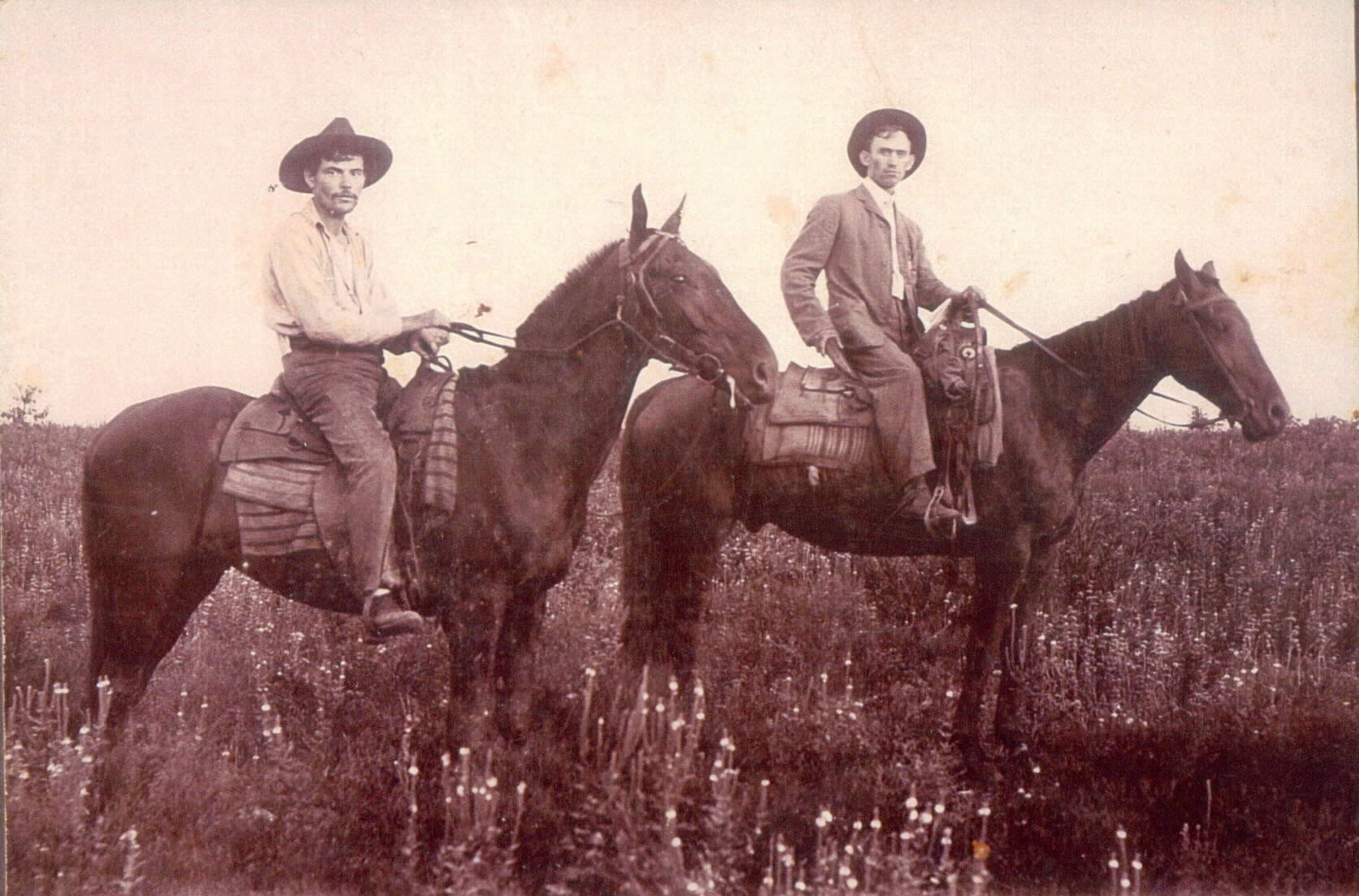THE TRAIL OF TEARS: HOW EDD'S FAMILY CAME TO INDIAN TERRITORY
By Stanley Rice 2014
By the 1830s, it was clear to everyone that the
Cherokee Nation was “fully civilized”: they had houses, farms, even
slaves, and were indistinguishable from white southerners. They read and
wrote in their own language. But this made no difference to the whites,
who wanted Cherokee land, particularly after gold was discovered on
Cherokee land at Dah-lo-ne-gah in what is now northern Georgia.
President Andrew Jackson pushed strongly for the removal of the
Cherokees from their land, despite the fact that he owed his life and
career to the help he received from the Cherokees during the War of
1812. When the Cherokees presented a long petition (signed by thousands
of literate citizens using the Cherokee syllabary) to the federal
government, Congress voted in 1830 to remove them from their lands
anyway—but this bill passed by a margin of only one vote. The Cherokees
sued the federal government, and the Supreme Court sided with the
Cherokees—but Jackson simply ignored the Supreme Court, a presidential
act more worthy than any other in American history of impeachment.
It was now inevitable that the Cherokees would have
to move to the western portion of Arkansas Territory, a portion that
later became Indian Territory, now eastern Oklahoma. Most of the
Cherokees, led by Chief John Ross, were rounded up and put into
stockades, which were little more than concentration camps, where many
died. Then they traveled under miserable conditions, many on foot; this
was the Trail of Tears, on which many more died. General Winfield Scott
oversaw this forced march. He had his orders to carry out, but treated
the Cherokees as humanely as he could.
Some of the Cherokees could see what was coming, and
decided to take advantage of it, rather than to wait for the inevitable
displacement. They traveled to Arkansas Territory and established
homesteads after fighting off the tribes that lived there, such as the
Osage and Quapaw (who were themselves soon displaced westward by federal
order). Some of the last of these early migrants (shouldn’t they be the
ones who are called Sooners?) were part of the “Treaty Party” who
honored the Treaty of New Echota, an 1835 document of questionable
legality, which ceded Cherokee homeland to the United States in return
for land in Indian Territory. Some of the Treaty Party members, en route
to Indian Territory early, passed Andrew Jackson’s Hermitage to pay him
homage. No kidding. When the migrants on the Trail of Tears arrived in
Indian Territory, they found some of the best land taken by earlier
Cherokees.
We know nothing of the parents of U-s-quv-ne, Edd’s
grandfather. We are not even certain that he was on the Trail of Tears;
he may have migrated earlier, in 1817. However, records seem to indicate
that he was on the Trail, where both of his parents died. U-s-quv-ne
had a brother U-was-kis-keo and a sister U-wa-ki (or something similar
to that). U-s-quv-ne was an orphan when
he reached Indian Territory, and he was adopted by Edward Hicks, one of
the prosperous True Sooners. (This man should not be confused with the
prominent Tahlequah citizen Edward D. Hicks, born in 1866.) He became
Lewis Hicks. The Edward Hicks family may have been related to the boy in
some way. They apparently raised Lewis to believe that Andrew Jackson
was a hero—which may be why Lewis named his son, born about twenty years
later, Andrew Jackson Hicks.
Cherokee political confusion got even worse when the
Cherokee Nation joined, more or less out of necessity, with the
Confederacy. Records indicate that Lewis Hicks was a private in the
Confederate Army by 1862. The last Confederate General to surrender was
the Cherokee leader of a Cherokee regiment: Stand Watie. As nearly as I
can determine at this time, from an online list of names compiled by a
woman in Tulsa, Lewis Hicks was not in Watie’s regiment.
The chaos was not over. The Cherokee Nation
established a functioning government (in 1871, Lewis Hicks was a
councilor who represented the Illinois District), and had a very good
system of schools. But by the twentieth century, it became clear that
Indian Territory would be gobbled up in the state of Oklahoma, and the
Cherokees would no longer be governing themselves. In a photograph taken
right about that time, Edd sat, with perfect posture, on a horse, with
Indian blankets under his saddle. His expression was firm, but a little
bewildered. The land around him—a pasture with weedy flowers—might have
been his father’s, or might not, or maybe it would not matter in a
couple of years. In the photo there is another man, on another horse.
The other man looked full of youthful energy, and wore cowboy clothes.
Edd wore a jacket and tie. Edd was going to enter the new world, the new
century, the new nation, properly dressed.


